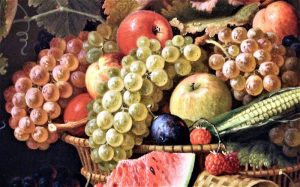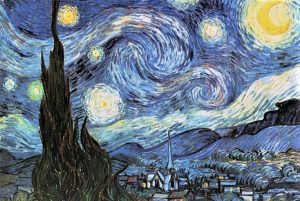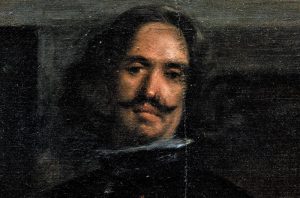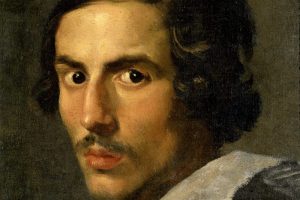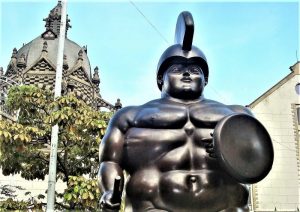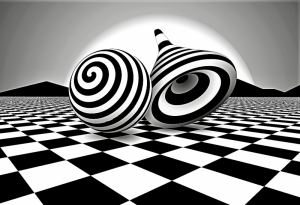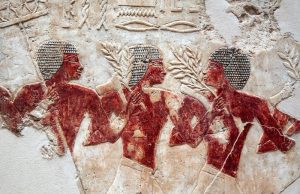Hyperrealism
Art, similar to photography in its scope in terms of realism and in aspects focused on everyday environments; hyperrealism is an independent art that catapulted to fame in the United States.
What is hyperrealism?
Radical trend of painting and sculpture, which rejects any perception of reality of which they propose a mechanical or neutral creation.
About hyperrealism
What hyperrealism seeks is to arrive at an almost photographic precision, even if a camera is not used; it seeks to maintain the connection in the painting that is achieved in the viewer by visualizing a photograph, a perfect frame, a suitable panorama and persistent fidelity to the scene.
History
It has its origin in the American pictorial tradition, around 1920, the painters of precisionism already used photographs as a reference to finalize their works, however, one cannot leave aside that pop art marks a before and an after for hyperrealism, this is considered one of the immediate precursors of this movement.
One of the main exponents is Chuck Close, who used photography as the basis of his portraits, these were isolated from conventional portraits for the time as it tended to be more cinematographic, in his works deals with problems such as the perception of the viewer and focus, this artist at no time departed from reality, however, approached it and gave shape indirectly on the canvas.
Characteristics of hyperrealism
The main characteristics of hyperrealism are:
- Accuracy of details.
- Differentiation between the real and the image.
- Objectivity.
- Radicalism.
- Independence.
- Accuracy.
- Rejection of the mechanism applied to reality.
Techniques
This art is very meticulous at the moment of realization, many artists implement the use of graphite and colored pencils, together with watercolors if you want to elaborate landscapes; the artist must take care of light details, contrast and depth, to create the optical effects that make the work of that realistic turn that catches the viewer.
Hyperrealism by country
- Hyperrealism in Mexico: characterized by free expression, without limits or barriers, some artists like Victor Rodriguez, use knives, pencils and air pistols to increase the impact of the work on viewers, however other artists seek the aesthetics and perfectionism of their works, as the artist Hugo Larencena who focuses on the handling of lights, contours and shadows, thus making his own artistic language. However, for artists like Omar Ortiz, the human figure has relevance, so it stands out in all his works in the most realistic way possible, using pastel colors going hand in hand with charcoal. Regardless of the fact that the styles in this art are individual, in an Art Gallery in Germany, in which some works by Mexican artists are exhibited, it was demonstrated that no matter the differences, being surrounded by these diverse exhibitions, a concrete objective was reached, a learning and warm enjoyment for the spectator. Evidence that art unites and distinguishes differences.
- Hyperrealism in Spain: one of the leading figures in hyperrealism in Spain is Reche, who has captivated many with his sensitivity in creating. This artist, whose works simply wish to reach people with warmth and thus, brighten up the view of the public and, therefore, they can forget about recurring thoughts and of their environment, that is to say, they drink the work with their eyes. Thus, isolating spectators from worries and problems that overwhelm them. Like everything Reche does, his works are meticulous, every detail is extremely careful and perfect, watercolors and oils are what he implements most when creating.
- Hyperrealism in Chile: One of the most relevant artists in Chile was Claudio Bravo, who was a painter and sculptor who expanded his horizons and took his art to Morocco, his art was simple, yet charming. He relied on previous visualizations to create complex objects and shapes.
Artists
The most prominent artists of hyperrealism are:
- Claudio Bravo: he studied drawing and painting, at the age of 17 he makes his first individual exhibition.
- Antonio López: known for the meticulousness with which he plans at what time to paint so that, the incision of the light is perfect.
- Jason Degraaf: he prefers to depart from the living to represent his works and not rely on photographs.
- Edward Hopper: his works are particularly well known for being based on gas stations, train tracks and intimate portraits.
- Don Eddy: specialized in car shaping.
- Richard Estes: based on urban environments, geometric landscapes and cities for his works.
- Pedro Campos: through his Oils, Campos tries to express the many components or objects that are used daily in society.
- Hilo Chen: he specializes in portraits of female bodies in bathing suits.
- Alyssa Monks: a painter who fascinates and enchants the spectators, for her great skill in the design and presentation of water in her works.
- Roberto Bernardi: her works can be full of elements that accumulate or are stored in containers and so on.
Works
Among the different works of hyperrealism, we highlight:
- In Praise of Italy, David Ligare.
- Blue Chilaba, Claudio Bravo
- Pencil and paper, Paul Cadden.
- How many kilometers, Antonio Carretero.
- The corset, Miguel Ángel Tapia Ortiz.
- Back from the supermarket, Claudio Bravo.
- The Overpass, Jeffrey Smart.
- Lux Perpetua, Claudio Bravo.
- Perspective, David Ligare.
- The diamond, Roberto Bernardi.
Books
- Accuracy: Hyperrealist Art Today, John Russel Taylor.
- New Forms of Realism, Peter Sager.
- Hyperrealism, Linda Chase.
- Hyperrealist sculpture, Otto Letze.
Importance of hyperrealism
This artistic movement is of great importance, since thanks to this, the points of view about reality were transformed into others more open and focused on the mobility and versatility of the human being and the environment that surrounds it. When this movement is carried out, a perspective of the spectator is born that isolates the habit of capturing realities in a rigid and mechanical way, turning them into vivid situations with which the spectator can feel identified.
How to cite this article?
Briceño V., Gabriela. (2019). Hyperrealism. Recovered on 3 January, 2025, de Euston96: https://www.euston96.com/en/hyperrealism/
